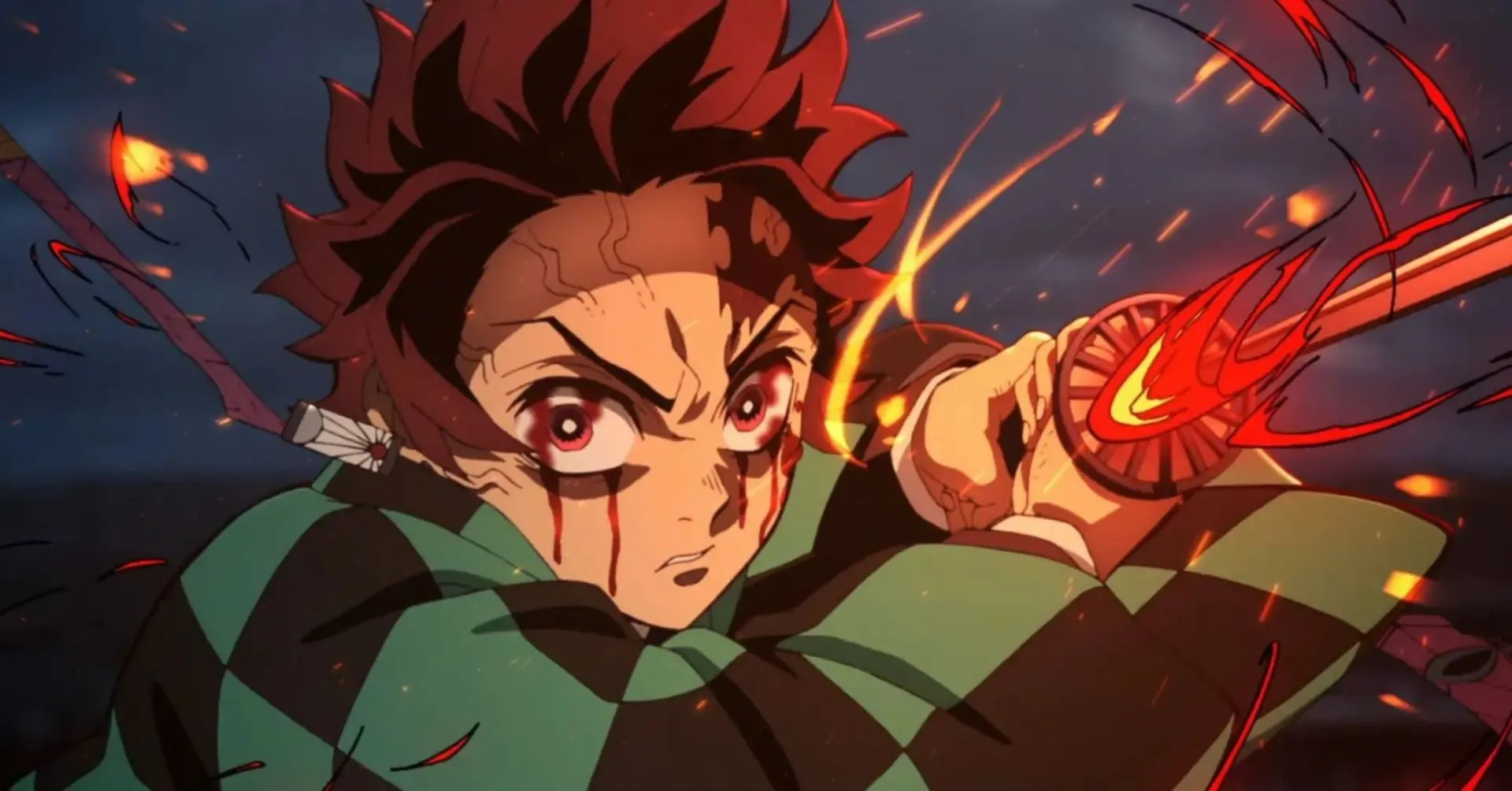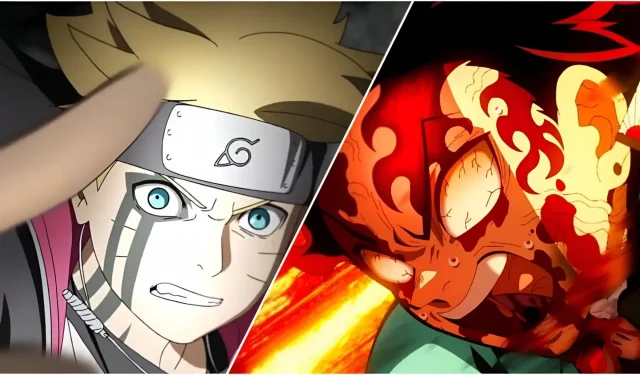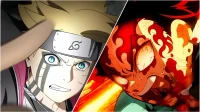Despite facing numerous challenges during its debut, the Boruto series has finally established a strong narrative direction with its ongoing installment, Two Blue Vortex. Recent news heralding a sequel for its anime adaptation has re-energized the community, igniting excitement across the fandom.
With enthusiasm at an all-time high, it’s time to delve into a significant theory revolving around one of the series’ most mysterious characters: Shibai Otsutsuki.
Fans have been buzzing about the potential implications of Shibai Otsutsuki as the final antagonist, speculating that Masashi Kishimoto may be laying groundwork for a storyline where he could take possession of Boruto Uzumaki. This scenario draws unsettling parallels to the fate of Tanjiro Kamado from Koyoharu Gotouge’s Demon Slayer, where a beloved hero faces a grim transformation.
Parallels Between Boruto and Tanjiro’s Fate
First, let’s explore the profound nature of Shibai Otsutsuki. In the context of the Naruto universe, he embodies a true god-like figure. Having reportedly transcended his physical form, he has consumed countless planets, and his existence has been referenced repeatedly throughout the series.
Though Shibai has yet to make a direct appearance in the narrative, his potential role as the ultimate antagonist seems more plausible with each passing chapter. The introduction of such a god-like character typically hints at an impending conflict of monumental proportions.
Some fans have taken these theories even further, theorizing that Shibai could inhabit Boruto’s body to realize his malevolent ambitions. This development would dramatically alter the story’s trajectory, placing the son of the Seventh Hokage in direct opposition to the very world he was raised to protect.
This narrative twist draws an intriguing comparison between Boruto and Tanjiro Kamado. Fans remember Tanjiro as a character defined by his optimistic spirit and moral conviction, only to succumb tragically to darkness, ending up as part of the very evil he sought to destroy. His transformation into a demon after Muzan Kibutsuji’s manipulation stands as one of the series’ most heart-wrenching moments, which left viewers pondering the fragility of goodness in a corrupted world.

Tanjiro’s defeat and transformation had significant ramifications, showcasing how a noble spirit could be shattered by darkness, ultimately becoming its new harbinger. Fortunately, Kanao Tsuyuri intervened, preventing Tanjiro from entirely succumbing to his demonic urges, thus averting a larger catastrophe within the Demon Slayer universe.
In the current chapters of Two Blue Vortex, Boruto’s situation also appears dire. Due to Eida’s omnipotent abilities, his identity has been merged with Kawaki’s, leading him to flee from the only home he’s ever known.
Imagining Boruto, the son of the Seventh Hokage, morphing into a formidable threat against his village sets the stage for profound storytelling. Such an arc would elevate the stakes considerably, as Shibai’s possession of Boruto would create an almost insurmountable foe for the shinobi world, combining both their extraordinary powers.
The prospect of having Boruto emerge as the series’ final adversary would be a bold narrative choice. This counterpoint to Tanjiro’s arc is reflective of the unpredictable nature of storytelling, introducing unexpected twists that magnify emotional stakes. If this journey were to unfold, Boruto would not only break from Naruto’s shadow but could redefine the narrative landscape entirely.
Final Thoughts
As it stands, the theory of Shibai Otsutsuki possessing Boruto remains speculative—the most popular among fans. Even if Kishimoto opts against this route, the possibility adds an intriguing layer to the discussion surrounding Boruto’s character development.
The potential for a hero-turned-villain storyline is not an unfamiliar one within the franchise, as earlier arcs have hinted at similar themes—most notably when Momoshiki temporarily overtook Boruto’s body. This narrative complexity keeps readers engaged and eager for what’s next.


